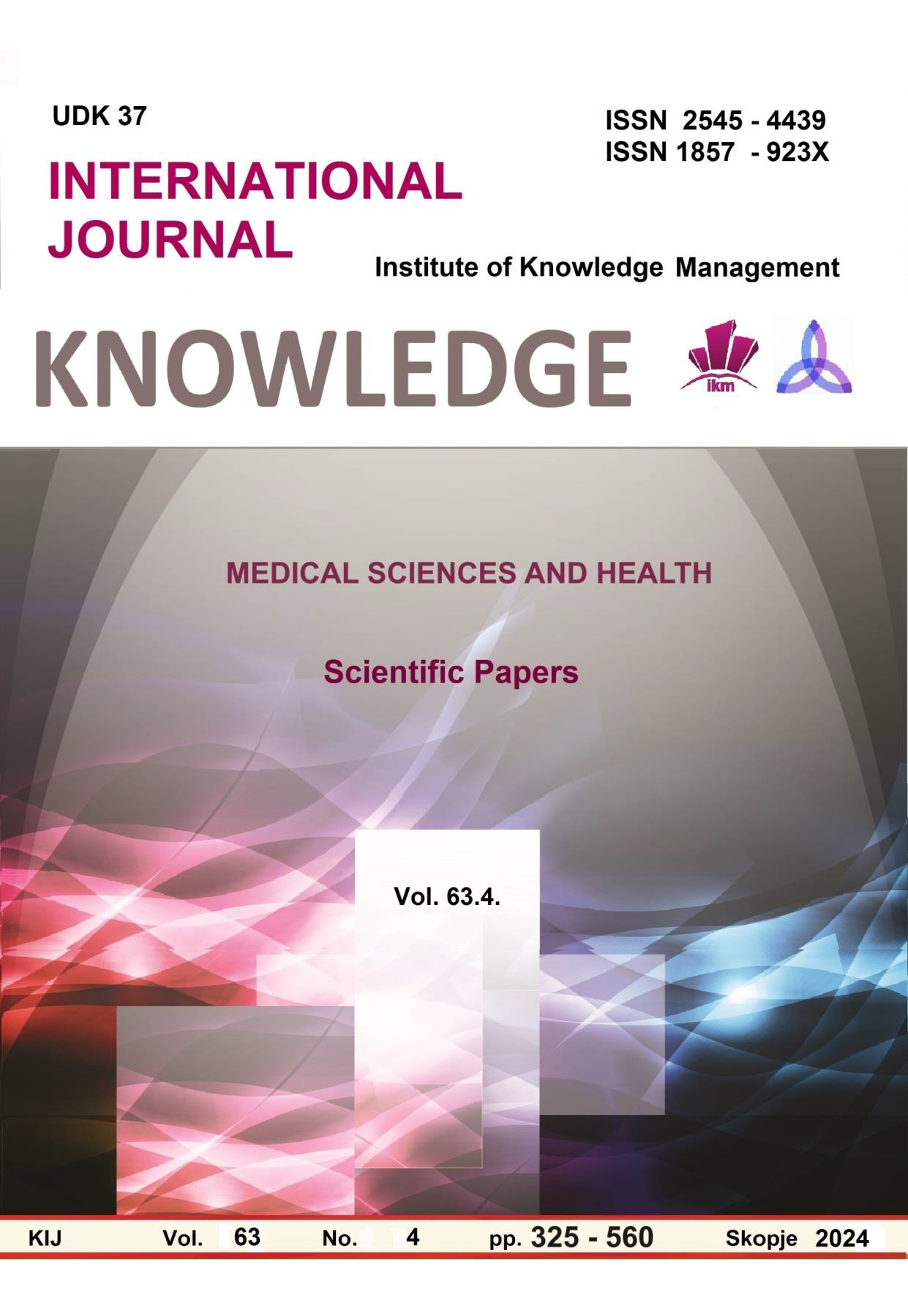ПОМАГАЛА ЗА ПОДОБРУВАЊЕ НА СЛАБ ВИД
TOOLS FOR IMPROVING LOW VISION
Author(s): Strahil Gazepov, Marija CvetkovaSubject(s): Social Sciences, Health and medicine and law
Published by: Scientific Institute of Management and Knowledge
Keywords: hypermetropia;myopia;astigmatism;tools
Summary/Abstract: Vision is compatibility to see with clear perception on details, colors, contrast and to make visually difference for subject. Eye vision has tendency to get worse or naturally decrease or change with age. Determination of refraction for the patients with weak vision contains many medical examinations by an ophthalmologist or an optometrist. Refraction can be examined with subjective and objective methods or techniques. The subjective method is performed with board which is called optotype. The optotype has symbols, numbers and letters in various sizes. Subjective technique usually is not sufficient to get realistic insight of the refractive error, especially not it’s magnitude. There are multiple methods for objective determination refraction such as refractometry, retinoscopy, ophthalmoscopy, photoscopy. On many occasions reduction in visual ability can be corrected with glasses, contact lenses, medications or surgery. However, if visual changes occurred because of incurable illness on the eyes, condition or injury, the loss of vision can be permanent. Many people around the world with permanently demaged eye vision have a determined residual vision which can be used with the assistance of materials and devices for poor eye vision. The work describes different aids that are used for improving residual vision, including optical and non-optical devices, such as electronic devices. The aids for poor eye vision play an important role in the rehabilitation of it. The optical aids for poor eye vision maximize the use of the remining vision with the assistance of a telescope or a magnifying glass at around 70% of the patients, appropriately. The aids for poor eye vision are available for various tasks and distances and range from simple magnifying glasses, and telescopes to video amplifiers with high magnification power. The way of approach towards the patients indicates what will be the overall outcome of the poor eye vision test. Faith ant will are a positive addition to the patient’s successful treatment and it is most important for dealing with the disease and in utilization of the visual potential of the treated patient’s eye. The most common conditions that are a cause for poor eye vision in patients are refractive errors (myopia, hypermetropia, astigmatism). The healing mostly depends on the measures taken, how and when, at what age and what treatment. Also, the emotional and psychological aspects, such as stress and depression, are significant challenges which these people are facing and therefore the support and the understanding of the community play an important role in improving the quality of life of the people with damaged eye vision.
Journal: Knowledge - International Journal
- Issue Year: 63/2024
- Issue No: 4
- Page Range: 419-423
- Page Count: 5
- Language: Macedonian

